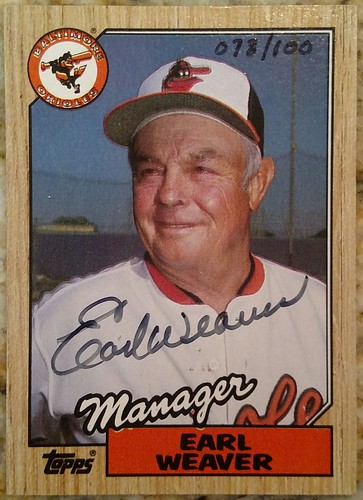Doing work Model: IL-6 mediates the PTH anti-apoptotic influence on cells of the hematopoietic lineage. PTH induces IL-6 expression in stromal cells. Flt-3L raises hematopoietic cell proliferation. IL-6 functions in conjunction with Flt-3L minimizing apoptosis in the hematopoietic cell compartment.In summary, PTH will increase hematopoietic cells ex vivo by means of an inhibition of apoptosis in Flt-3L responsive cells. PTH indirectly raises hematopoietic progenitor cells and does not immediately impact osteoclast lineage cells. Stromal mobile derived IL-6 in conjunction with Flt-3L mediates the PTH 6747-15-5 citations activation of hematopoietic cells (Figure 8).technical guidance with the cytospins. We are also extremely grateful for Fabienne Simian and Claire Lionnet from PLATIM (IFR 128 Lyon Biosciences) for their technical support with the confocal imaging.The formation of new blood vessels, angiogenesis, is a sophisticated and tightly controlled method ruled by the action of endogenous pro- and anti-angiogenic aspects [one]. The users of the vascular endothelial development issue (VEGF) family members depict prototypical inducers of blood and lymph vessel formation. Nonetheless, even with our growing expertise of the molecular cues concerned in shaping a new vasculature, the regulation of physiological and pathological blood vessel formation by VEGFs is nonetheless not totally comprehended. The VEGF family is comprised of 5 members that bind and activate a few receptor tyrosine kinases (VEGFR-1, -two and -3) with various specificity [2].Haploinsufficiency of Vegfa in mice provides an illustrative illustration of the significance of VEGF-A signaling by way of VEGFR-one and -2 for proper endothelial mobile perform [3,four]. Placental progress aspect (PlGF) binds solely to VEGFR-1, and concentrating on of PlGF inhibits angiogenesis in numerous pathological configurations, including tumor development [5]. Moreover, through binding to VEGFR-3 on lymphatic endothelial cells, VEGF-C and -D predominantly control lymphangiogenesis [6], even although VEGFR-3 expression by tumor blood vessels has also been documented [seven]. VEGF-B exclusively binds and activates VEGFR-1, possibly by itself or in conjunction with the co-recpetor neuropilin-one. However, the function of VEGF-B signaling in the context of pathological angiogenesis stays elusive [eight].VEGF-B was 1st identified as an endothelial cell mitogen highly expressed in coronary heart and skeletal muscle [9]. Therefore, transgenic expression of VEGF-B through adenoviral delivery conveniently induces angiogenesis in the myocardium [10]. Nonetheless, VEGF-B deficient mice do not screen any overt vascular abnormalities in the unchallenged coronary heart vasculature, even even though an impaired recovery from cardiac ischemia is suggestive of an underlying vascular dysfunction [11,12]. Furthermore, ectopic expression of VEGF-B in skeletal  muscle does not induce angiogenesis [ten]. Most not too long ago, a part for VEGF-B in the trans-endothelial transportation of lipids through regulation of fatty acid transport proteins (FATPs) was described [thirteen]. Large expression of VEGF-B is noticed in a extensive assortment of tumors, which includes colon, breast17428923 and kidney carcinoma [fourteen,15,16,seventeen].
muscle does not induce angiogenesis [ten]. Most not too long ago, a part for VEGF-B in the trans-endothelial transportation of lipids through regulation of fatty acid transport proteins (FATPs) was described [thirteen]. Large expression of VEGF-B is noticed in a extensive assortment of tumors, which includes colon, breast17428923 and kidney carcinoma [fourteen,15,16,seventeen].
Heme Oxygenase heme-oxygenase.com
Just another WordPress site
